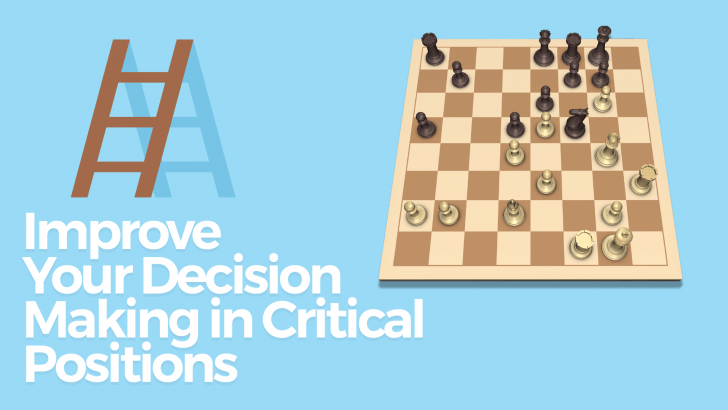Improve Your Decision Making in Critical Positions
Learn what to think about each move!
Every game you play presents many different challenges. You constantly need to make decisions - what to do (attack, defend, or improve?), where to do it (the kingside, the center, the a-file?), and how (advance, move away, trade, sacrifice?). How do you make these decisions? Let IM Igor Khmelnitsky, famed author of " Chess Exam And Training Guide: Rate Yourself And Learn How To Improve" show you how. Improve your decision-making abilities today!
Here is what you will learn:
- Learn the key factors to consider every move!
- Practice calculating in complicated positions!
- Practice practical decision-making and learn from an amazing chess author!
